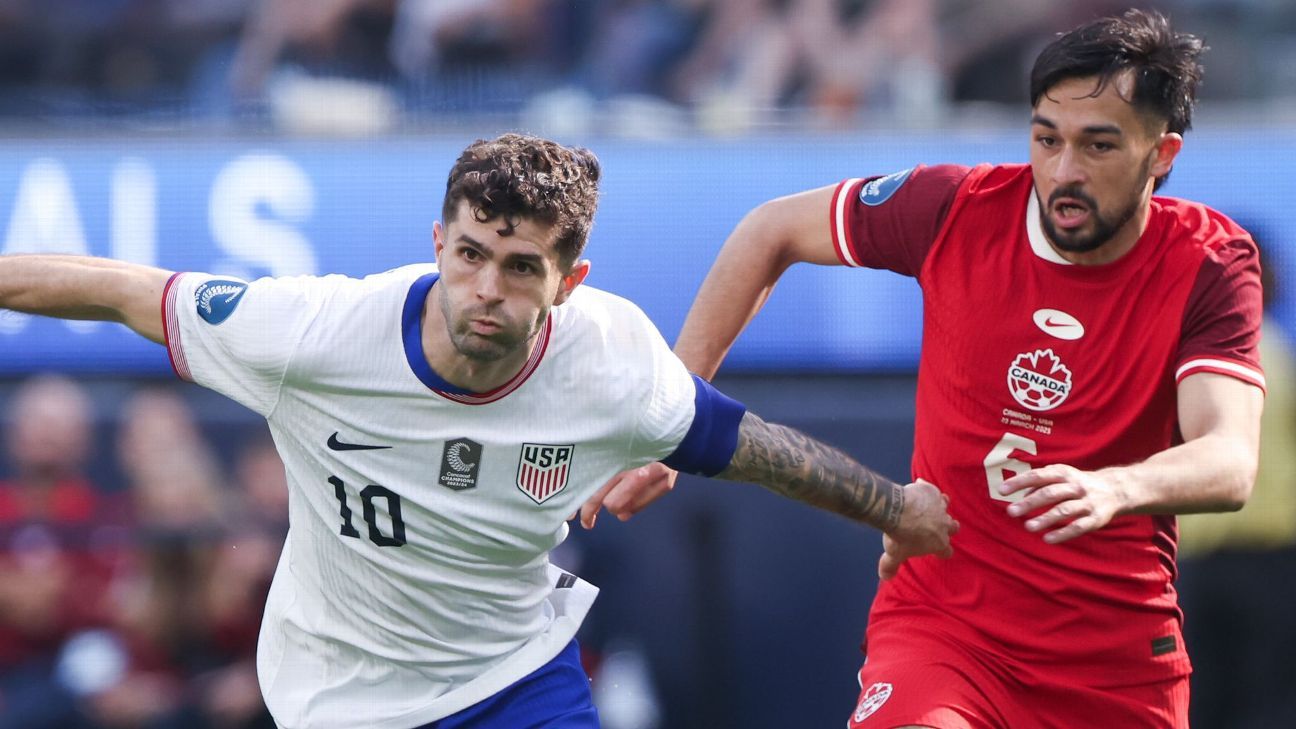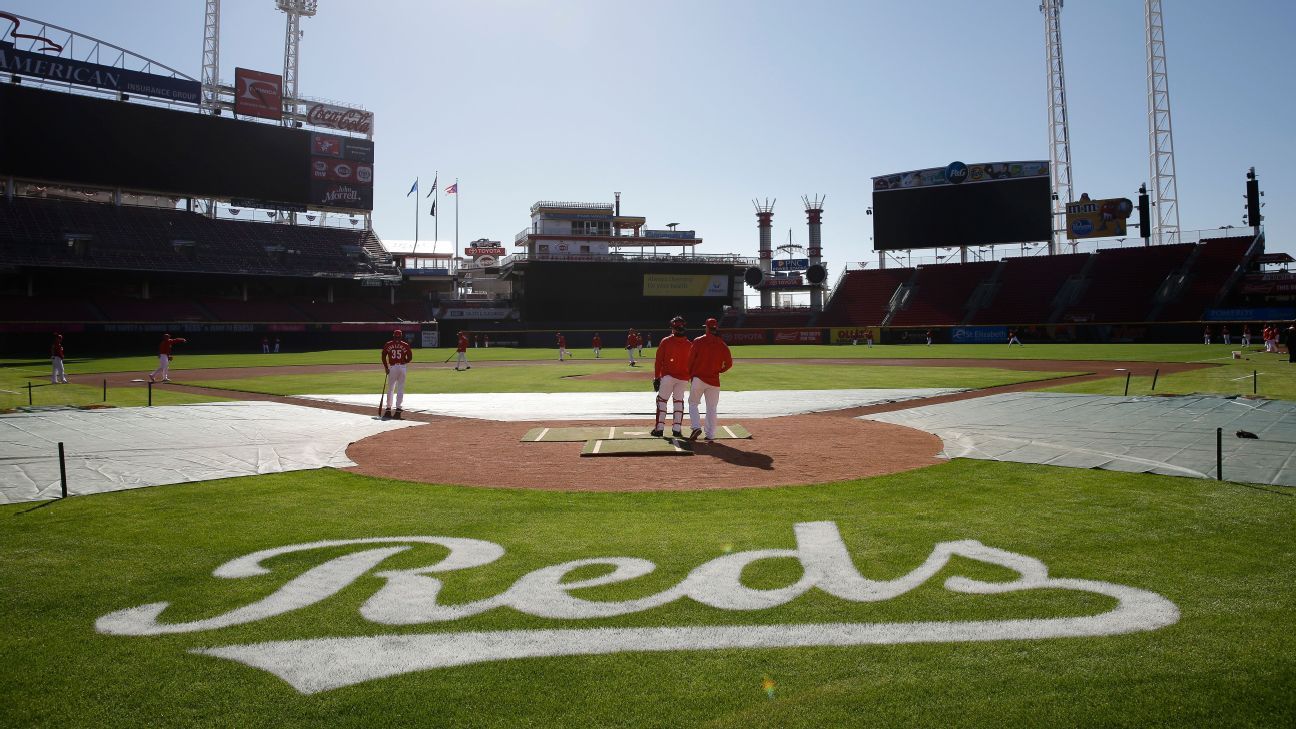
LOS ANGELES – His hair is darker, his equipment different, his profile larger, but there was still much for Rory McIlroy to glean by rewatching highlights of his most recent major championship title.
By this point, it must feel like ancient history. But a few weeks ago, McIlroy cued up YouTube footage from the 2014 Open Championship at Royal Liverpool. The McIlroy of that era was renowned for his free-flowing power, his swagger, his uninhibited hunger. He was 25 at the time, his entire athletic prime still ahead of him. But what stood out to him now, nine years later, wasn’t any physical trait or swing key or sensation. It was, of all things, his course management.
“I actually couldn’t believe how many irons and 3-woods I was hitting off the tee,” McIlroy said of the Open in which he shot 17 under at Hoylake to claim his second consecutive major, and his fourth in his past 15 attempts.
“It set something off in my mind: You know how to do this. You know how to play smart. You don’t have to hit driver all the time. Yes, it’s a big weapon, it’s a big advantage. But I keep saying that I’ve got more weapons in my arsenal I feel now than I did back then, so I may as well use them and play to them.”
Through two rounds, at least, McIlroy has employed a similar strategy here at the 123rd U.S. Open. Los Angeles Country Club features some of the widest fairways in tournament history (43 yards on average), but it’s imperative to find them, with thick, juicy Bermuda rough and penal bunkers swallowing any errant drive or approach.
McIlroy has missed only five fairways, none of them by particularly wide margins, and turned that stellar driving into rounds of 65-67 that put him in the mix at yet another major.
“I felt like coming into this week that was going to be a key for me if I could put the ball in play,” he said. “You can play from there and create some scoring opportunities. That’s really my game plan over the next couple of days – put the ball in play off the tee, and I think I’ll be just fine from there.”
McIlroy appears to have significantly more control of his ball than even a month ago at the PGA Championship, where he simply teed it high and let it fly, accuracy be damned. After a week of work at home, he showed significant progress at both the Memorial and the RBC Canadian Open, where contended through three rounds before a pair of Sunday slides. Though he prevailed in Dubai to begin his year, he wasn’t won on the PGA Tour since last October.
It's been an even longer drought in the majors, of course, as he approaches the nine-year anniversary with a return to Hoylake on deck next month. McIlroy is right about boasting more weapons than in his most dominant era; now he possesses a long game with more shot shapes and trajectories, a tidier short game and a more consistent putter while retaining all of his high-octane power. But the harsh truth is that the completeness of his game will matter little without results in the legacy-defining events.
“No one wants me to win another major more than I do. The desire is obviously there,” he said. “I’ve been trying and I’ve come close over the past nine years, and I keep coming back. I feel like I’ve showed a lot of resilience in my career, a lot of ups and downs, and I keep coming back.
“And whether that means I get rewarded, or I get punched in the gut or whatever it is, I’ll always keep coming back.”
McIlroy is back for more this weekend at LACC, where he’s hoping his greatest weapon is his brain, not his brawn. Just like he remembers.















 Phone: (800) 737. 6040
Phone: (800) 737. 6040 Fax: (800) 825 5558
Fax: (800) 825 5558 Website:
Website:  Email:
Email: 






